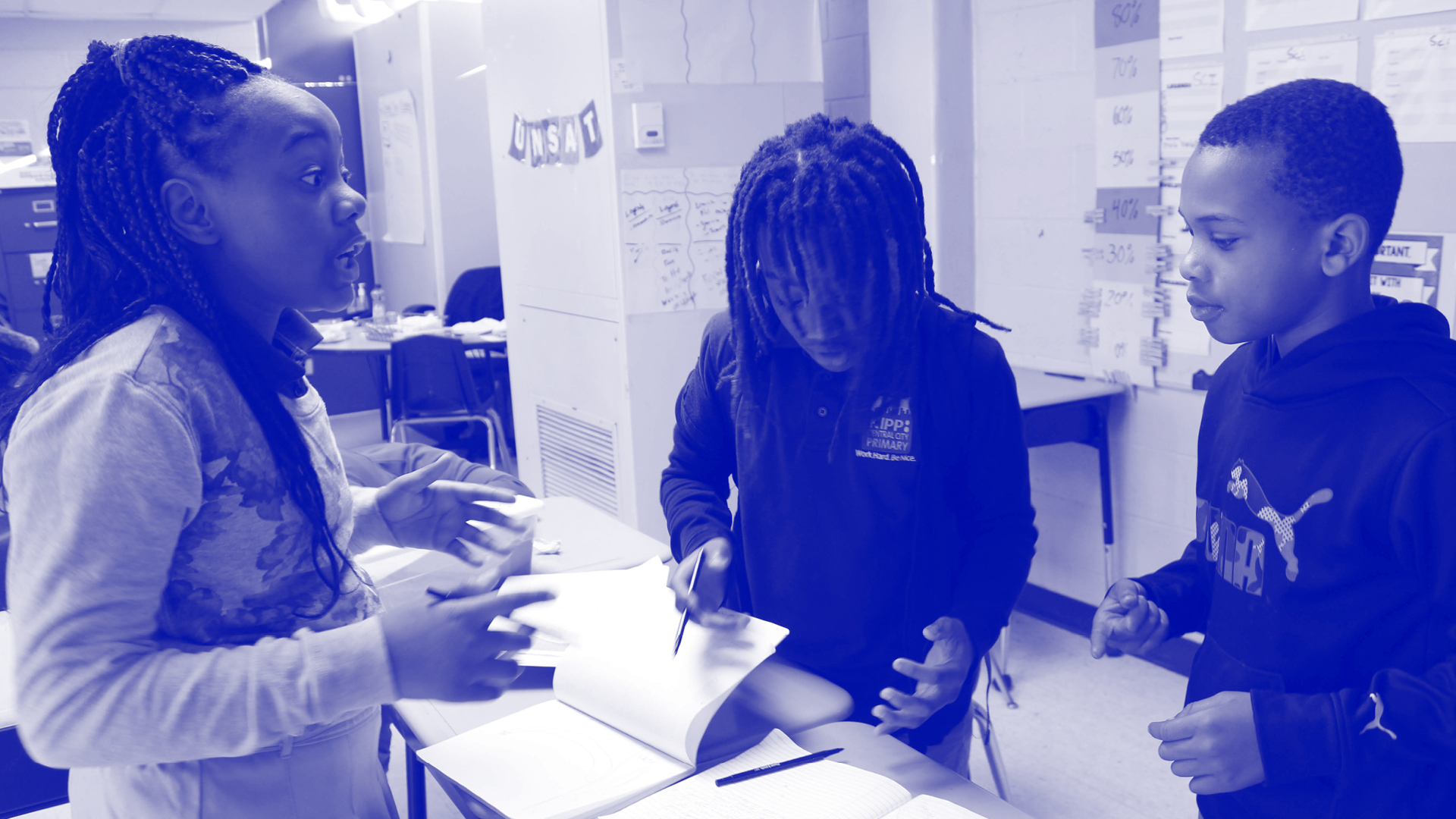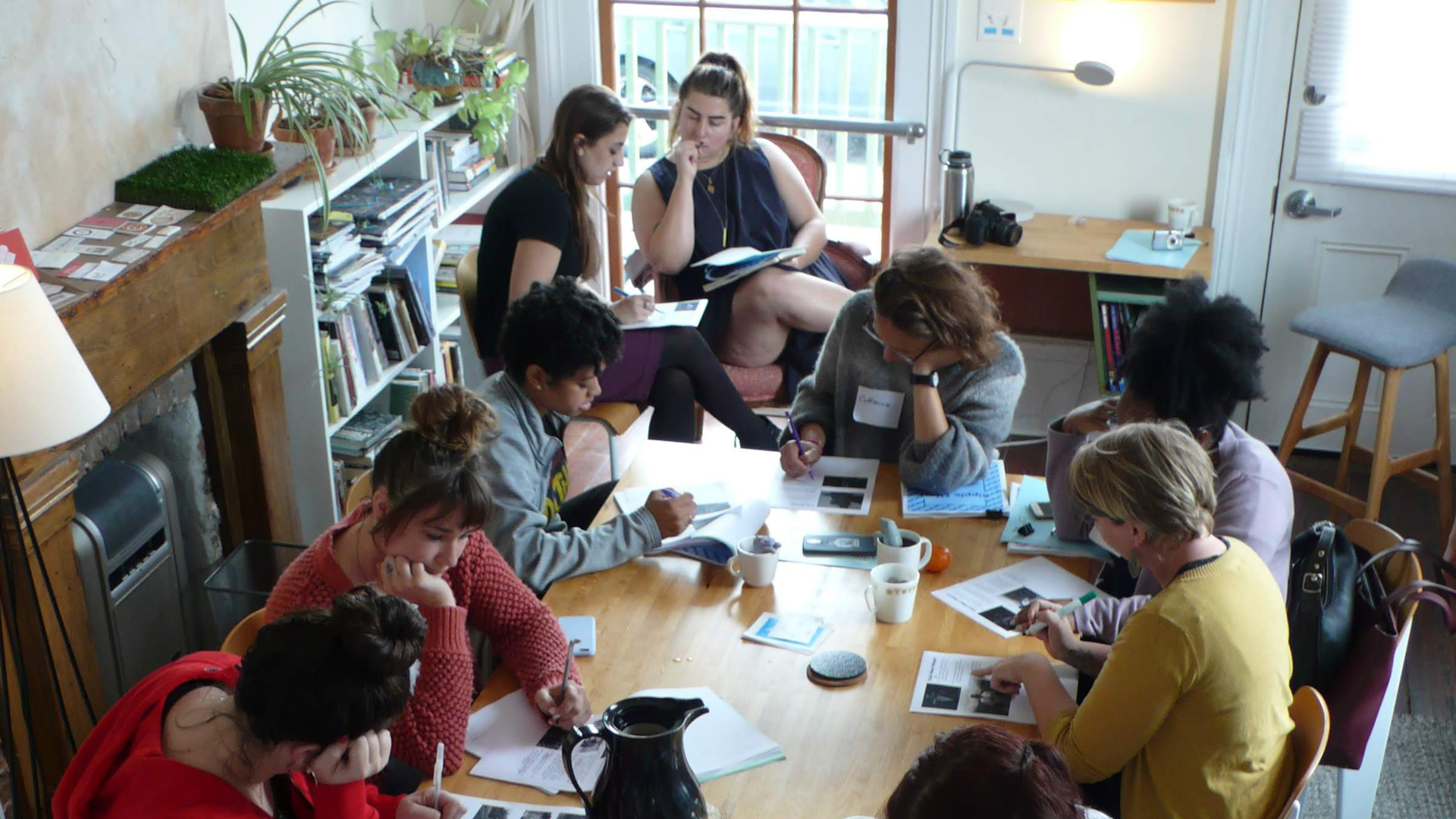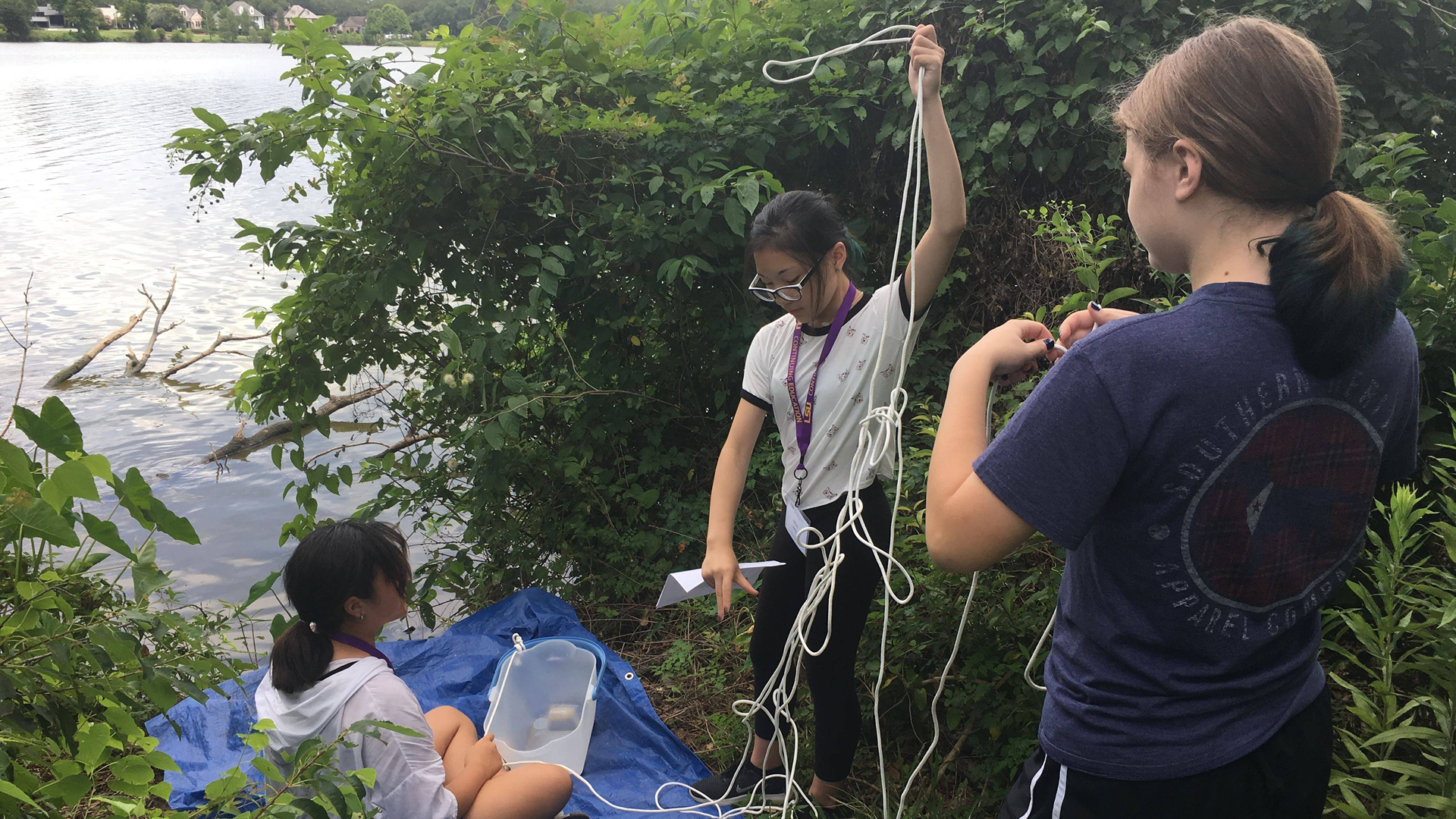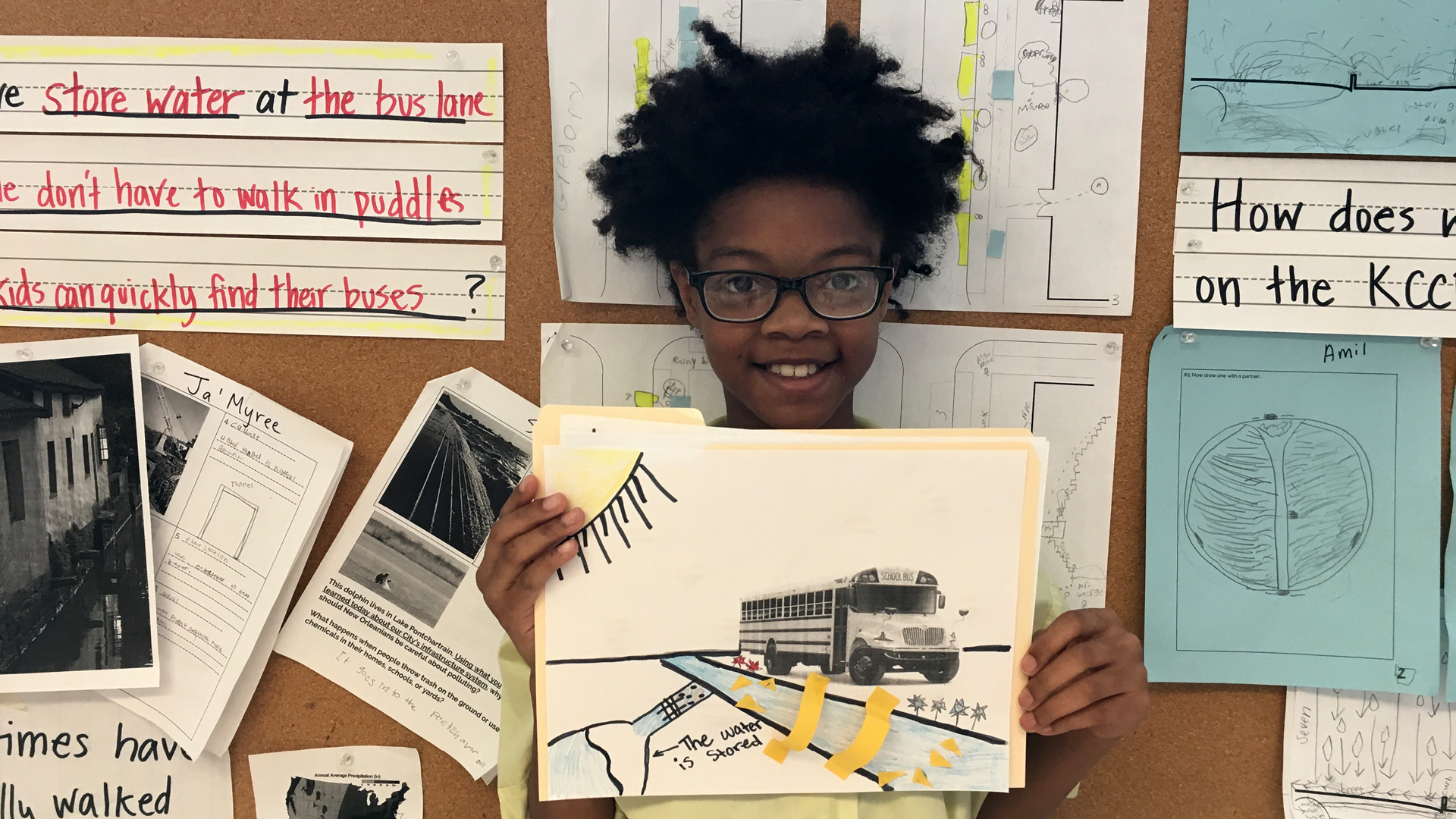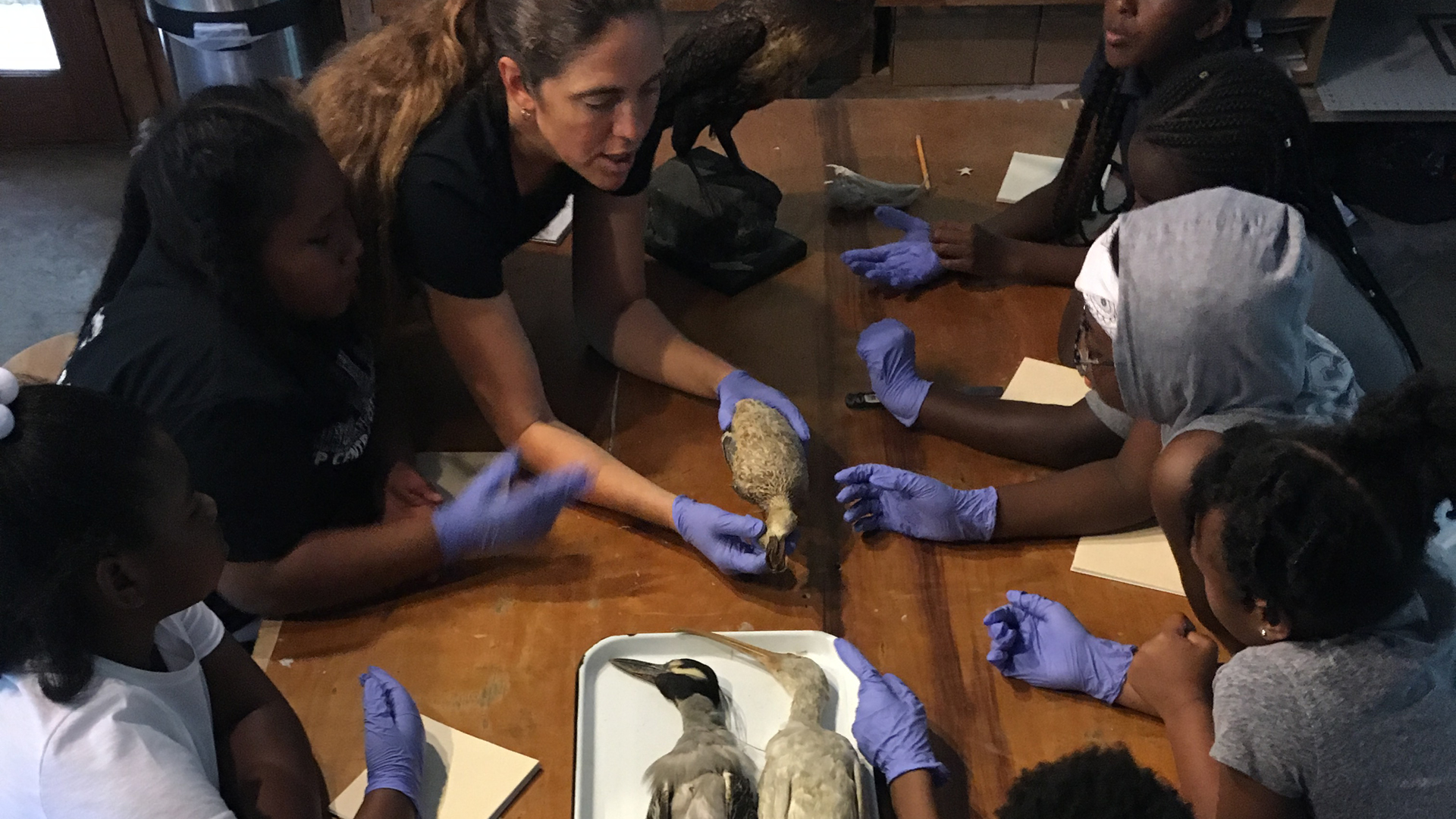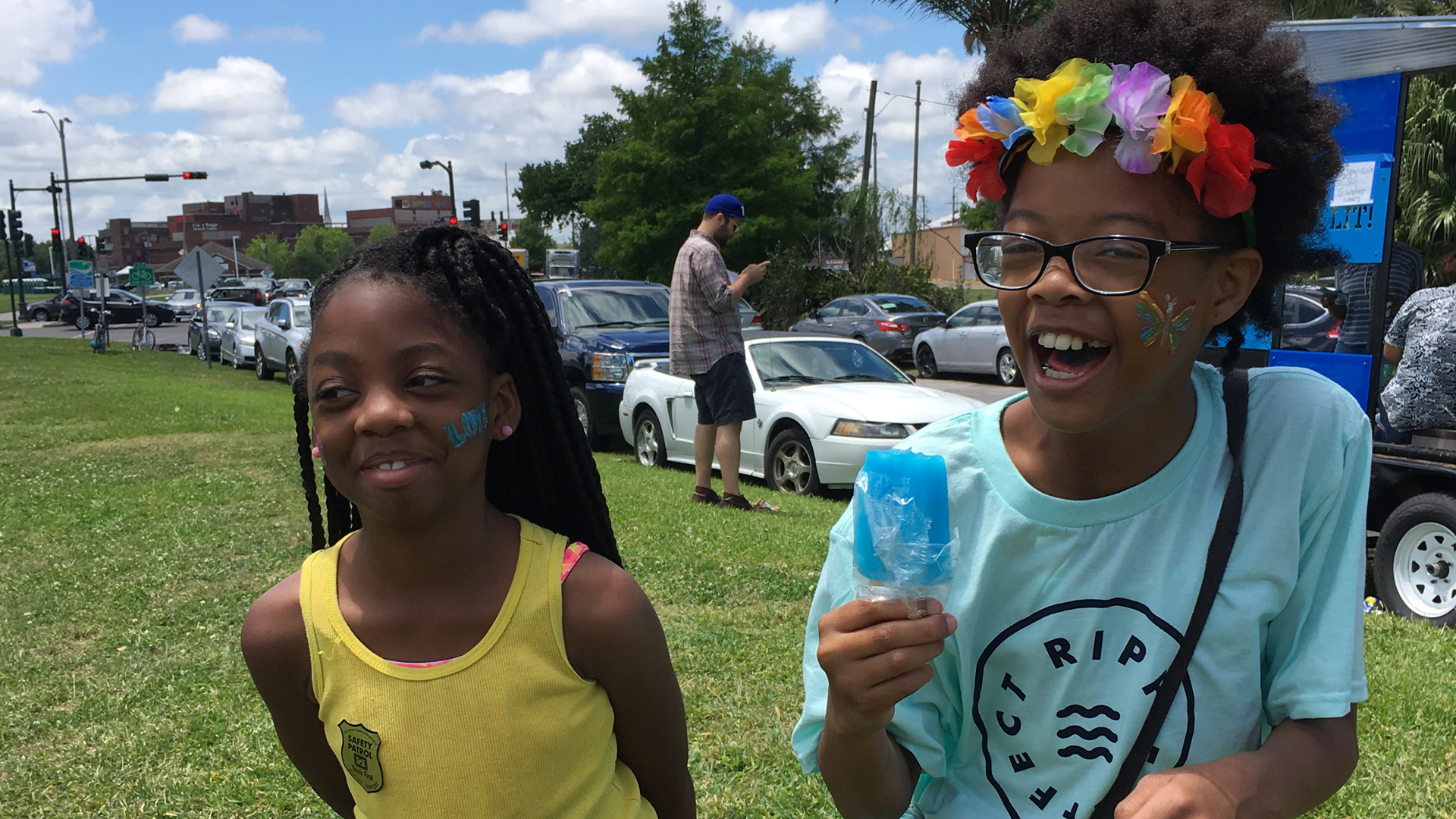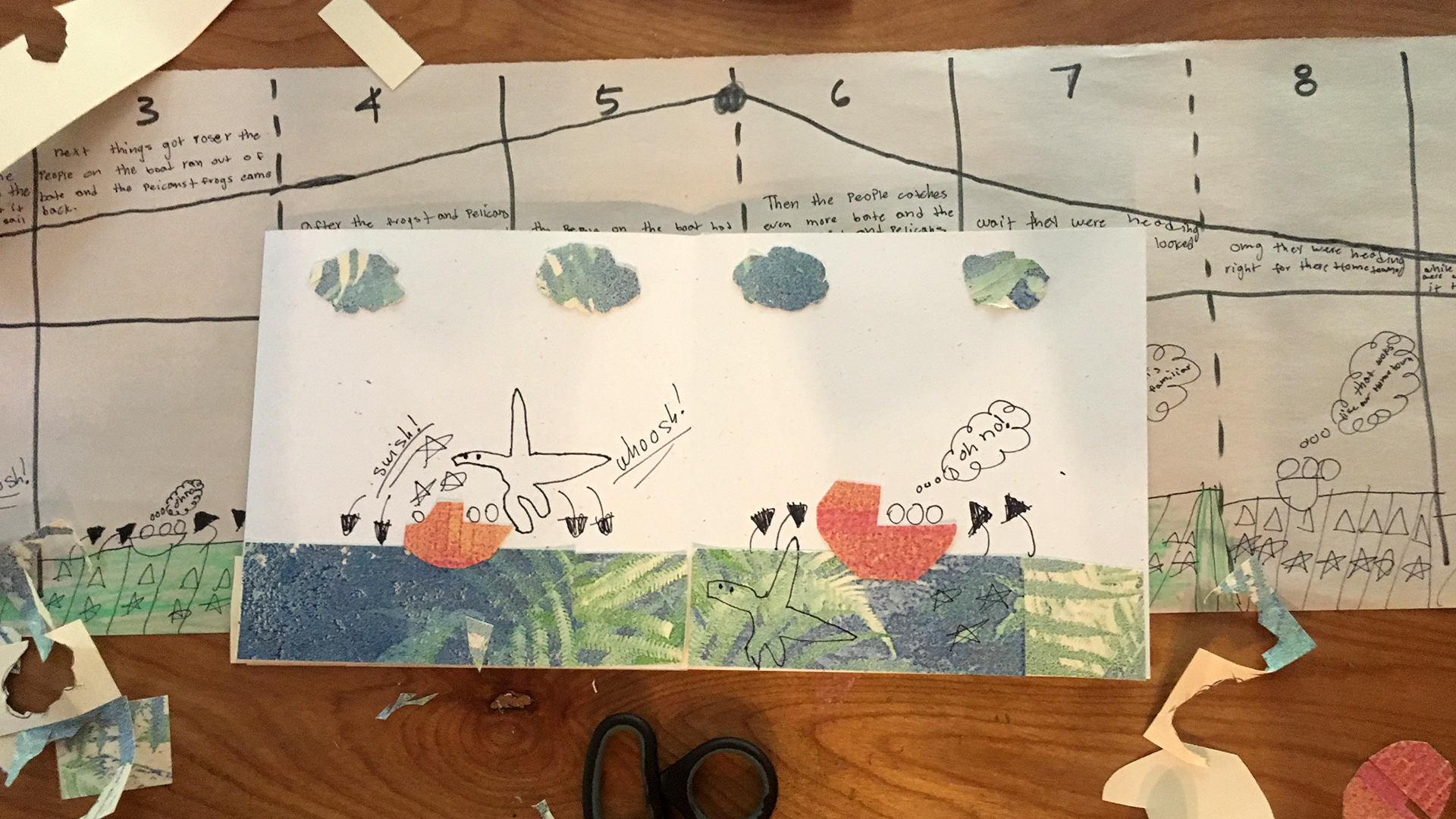Our projects
Ripple Effect has been defining water literacy through projects and partnerships since 2013. We have introduced water literacy to over 15,000 teachers, students and families.
Teaching and learning
Our core program is creating and field-testing multi-week, NGSS-aligned curricula, followed by teacher training and coaching to support teachers’ faithful implementation of that curricula. In order to reach our goal of every classroom meeting or exceeding 80% or higher in student mastery of academic standards, Ripple Effect works with teachers before and during each multi-week unit to establish rigor, analyze student work, and respond to student misconceptions.
- In Year 4 (2017-2018), using classroom-tested curriculum and videos of experienced teachers, we trained a cohort of nine Pre-K- 5th grade teachers, then tracked each teacher’s performance in the classroom through on-site coaching and student work analysis.
- During Year 3 (2017), a cohort of highly experienced science teachers worked with Ripple Effect to produce multi-week units for multiple grade-levels, using the same anchoring phenomenon: coastal land loss and its impacts on the residents of Isle de Jean Charles. Those teachers then field-tested the curriculum in their own classrooms and with other teachers working at the same schools.
- In Year 2 (2015-2016), Ripple Effect developed anchoring phenomena that together, comprised an introduction to fundamental land and water interactions. Through multiple half-day workshops and field trips, teachers built their own knowledge of water issues and developed curricula from these anchoring phenomena starting-points. Funded by the Environmental Protection Agency and Sewerage & Water Board of New Orleans.
- In the pilot year of Ripple Effect (2013-2014), we worked with a group of teachers from a single school: KIPP Central City Primary. Teachers, designers, and water experts were tasked with leveraging one another’s expertise to develop original curriculum about urban water issues impacting students’ lives. Funded by the Sewerage & Water Board of New Orleans.
Partnerships
Through partnerships, Ripple Effect provides hands-on workshops about water literacy concepts, inquiry-based science instruction, and phenomenon-based curriculum design to meet Next Generation Science Standards. These projects have extended our reach to many more teachers and students across Southeast Louisiana, particularly in middle and high school grades.
- In partnership with the Louisiana Department of Education & Louisiana Environmental Education Commission, Ripple Effect provides hands-on teacher training workshops about anchoring phenomenon design, curriculum design, and “Meaningful Watershed Educational Experiences” (MWEE). This work is part of the statewide Coastal Teacher Fellowship. Supported by the Greater New Orleans Foundation and Louisiana Environmental Education Association (Year 1) and NOAA B-WET (Year 2) (Grant # NA19NMF0080035).
- Ripple Effect is currently working with university and environmental education partners to author an interpretive plan for regionally-specific water literacy education. This plan will describe a vision for water literacy education in Southeast Louisiana, define its educational goals, and detail the actions we must all take to scale this approach and systematically reach K-12 audiences at scale.
- Ripple Effect was invited to the Sustainable Urban Systems symposium (2019) by Iowa State University College of Design, and wrote a white-paper in response to this experience. (National Science Foundation, Award #1929601)
- With filmmaker Kira Akerman, we produced an original curriculum about the themes and concepts behind Akerman’s documentary Station 15. The documentary, which is streaming on PBS, is about high school student Chasity Hunter, who investigates her city’s infrastructure and interviews local water experts, finding her own voice along the way.
- We collaborated with artist/ architect John Kleinschmidt during his residency at the ByWater Institute’s A Studio in the Woods to host an after-school science and art club for a group of fourth graders at KIPP Central City Primary. Students explored how landscapes change over time through group printmaking on a sand-and-water model, drawing inspiration from the famous Fisk maps of the Mississippi River. With Tulane University evolutionary biologist Dr. Donata Henry, students learned about bird adaptations by observing birds caught by Dr. Henry using mist nets onsite at A Studio in the Woods as a demonstration of her fieldwork. Students then imagined “impossible birds of the future” adapted to a watery future Southeast Louisiana and created narrative storybooks about their bird characters—based on fairy tale artists’ books by Warja Lavater—using John’s etching press.
- For multiple years, Ripple Effect has partnered with Louisiana State University Continuing Education Tiger Challenge Summer Camp to provide two middle-school sessions centered on intersections between water, ecology, filmmaking, and design. With local teachers, designers, and the School of Architecture, students collected and analyzed data about nearby University Lakes, made documentary films about their learning, and used the design process to envision a new future for lakeside public spaces.
- In 2016, we leveraged funding granted to Ripple Effect by the EPA to raise additional funds with the Emerging Philanthropists of New Orleans (EPNO), a New Orleans organization that trains future philanthropists in thoughtful, informed giving. Ripple Effect co-led a special Water Working Group, which, with a giving circle of ten young leaders, awarded over $15,000 to organizations and projects that promote water literacy.
Community engagement
Through public-facing programs, we forge stronger connections with the communities we serve. Our community engagement projects celebrate student learning and offer additional support to teachers and families during unprecedented times.
- In response to widespread school closures during the COVID-19 pandemic, Ripple Effect and our network of teachers, scientists, and designers have produced a series of video tutorials, called Water Literacy 101, to help support at-home, hands-on science inquiry. Each video shows students and teachers how to develop their own scientific models and experiments, which explain the basics of water and land interactions. These videos are posted to Ripple Effect’s Instagram page and YouTube channel.
- In response to August 2017 floods in New Orleans, Ripple Effect created Why Does It Flood Here Sometimes? a presentation for teachers that introduces students to the fundamentals of New Orleans water infrastructure. This resource builds understanding of how intense rainstorms can cause major flooding.
- With partners, including the Mayor’s Office of Resilience & Sustainability, Ripple Effect hosted Family Bayou Day, which brings together citywide agencies and other environmental education nonprofits to celebrate water literacy with the students and families of New Orleans
- Ripple Effect contributed to the development of New Orleans’s first resilience strategy, Resilient NOLA, which includes environmental education among three categories of resilience-building actions for the city and its partners.
- Ripple Effect, the KIPP Central City Primary community, teachers, students, and families raised over $160,000 for a playground redesign, dubbed the Water Literacy Courtyard, that captures the first half inch of rain that falls on the school courtyard.
